Bulwarks against France (1815-1866)
FORTE CULTURA travel recommendation
Mainz - Ulm - Rastatt - Germersheim
In order to protect the German Confederation from revolutionary movements and possible expansion plans by ambitious neighbours, some fortresses were designated as federal fortresses in 1815 and expanded. These included Mainz (1825), Luxembourg and Landau (1831), Rastatt and Ulm (from 1841).
The military function of the federal fortresses was primarily to secure the western border against France, where the danger of enemy action was greatest at the time. In the event of war, the fortresses were intended to cover the deployment of the federal army, force the enemy to conduct time-consuming sieges during their advance and serve as a base of operations for their own offensive actions. The maintenance and garrisons were provided by the member states of the German Confederation.
In co-operation with the other fortifications of the various states of the German Confederation (e.g. in Germersheim) and especially with the Prussian fortress system on the Rhine, the five federal fortresses in their exposed position formed a massive bulwark against France.
With the dissolution of the German Confederation in 1866, they lost their special task. For this reason, the sixth federal fortress planned from 1865 in the fortress town of Rendsburg, which was under Danish sovereignty, was no longer expanded.
Fortress monuments under the sign of the German Confederation
Even today, federal fortresses are monumental buildings that are unrivalled. With their size and disarming functionality, they are among the outstanding representatives of Architectura Militaris. The exciting study tour brings history and architecture to life and reveals fine details such as the double-headed federal eagle on all the gun barrels of the federal fortresses.
Our FORTE CULTURA travel recommendation
Fortresses of the German Confederation - bulwarks against France (1815-1866)
If you see this after your page is loaded completely, leafletJS files are missing.
Federal fortress Mainz
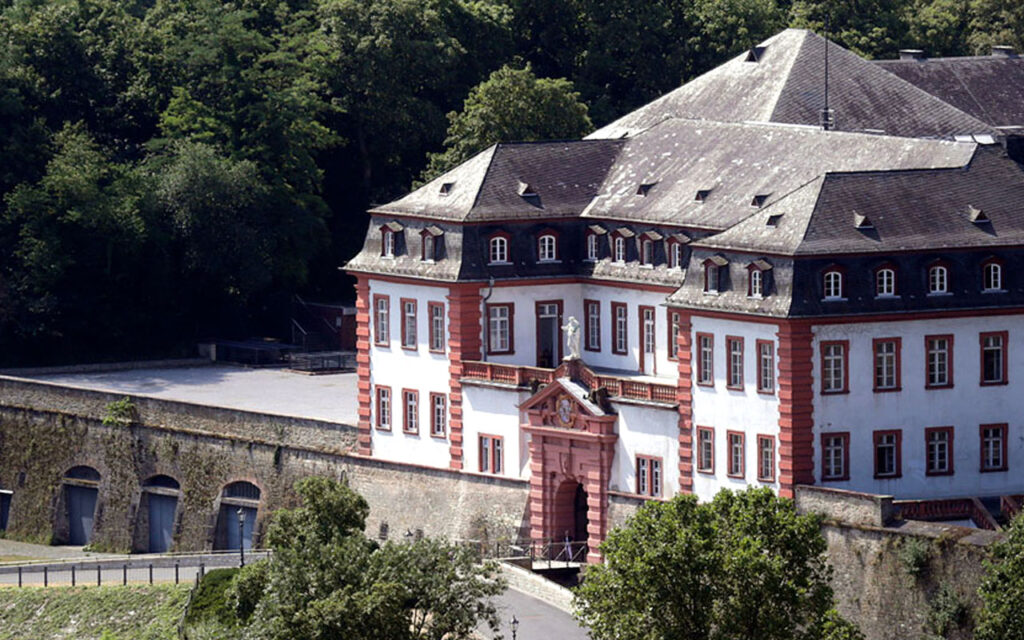
As the first and most important fortress taken over by the German Confederation, Mainz had a garrison of 6000 men (1/2 Prussian and 1/2 Austrian), and up to 21,000 in the event of war. The citadel, the city walls, the three outer belts of connected, detached works and the inner districts could accommodate an entire army.
Numerous buildings of the Mainz Federal Fortress have been preserved in the Mainz cityscape, such as the provisions magazine, the Reduit barracks, the Prussian main guardhouse and parts of Fort Weisenau.
Federal fortress Ulm
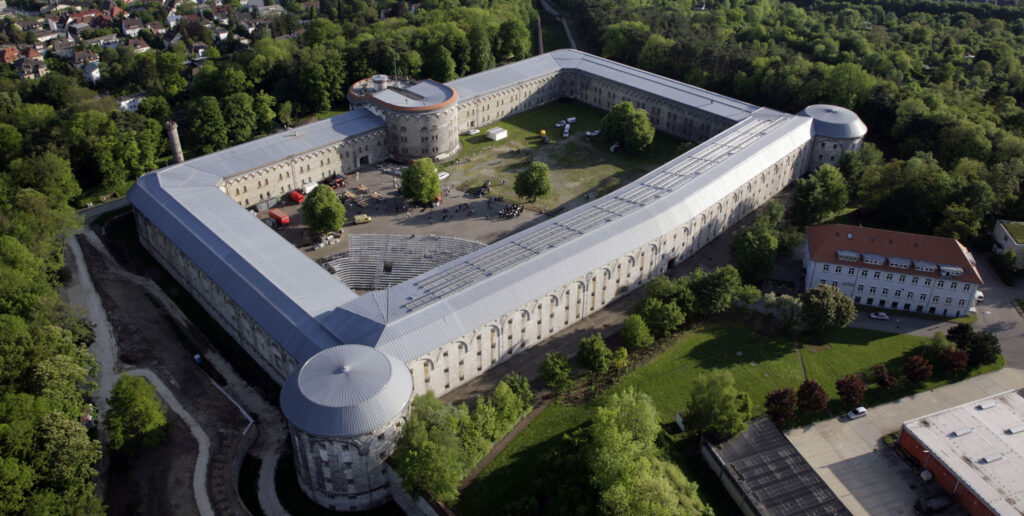
The fortress was planned and built as a Central southern German main armoury of the German Confederation from 1842 to 1859 under the fortress construction director von Prittwitz. Today it is one of the largest fortifications in Europe. Numerous buildings throughout the city, including almost all the forts and almost the entire city wall of the cities of Ulm and Neu-Ulm are still preserved. Many infrastructure buildings within the inner fortress ring and on the Kuhberg are open to visitors.
The 12.5 km long fortress trail, laid out along the main ramparts, can be experienced at 32 information points. The Danube cycle path also stops here.
Federal fortress Rastatt
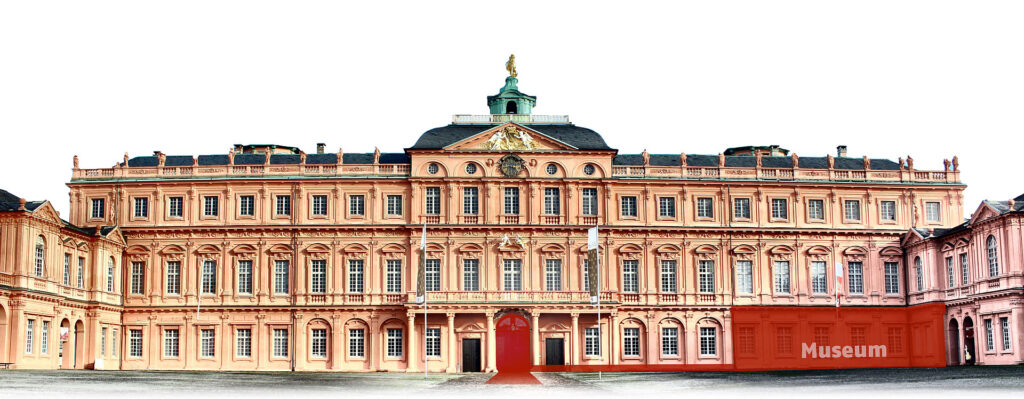
This new fortress built by the German Confederation served to secure the Rhine. The federal fortress of Rastatt was entirely in the hands of the Grand Duchy of Baden, supplemented during the war by 1/3 Austrians and later Prussia. The ramparts surrounded the town of Rastatt, together with three independent forts (Leopold, Ludwig and Friedrich Forts).
The casemates are accessible today and guided tours are offered. In the eastern part of the former Leopold's Fortress, 500 metres of corridors are open to visitors. The baroque Rastatt Residential Palace and its gardens are well worth a visit. The palace houses the Museum of Defence History.
Fortress town of Germersheim
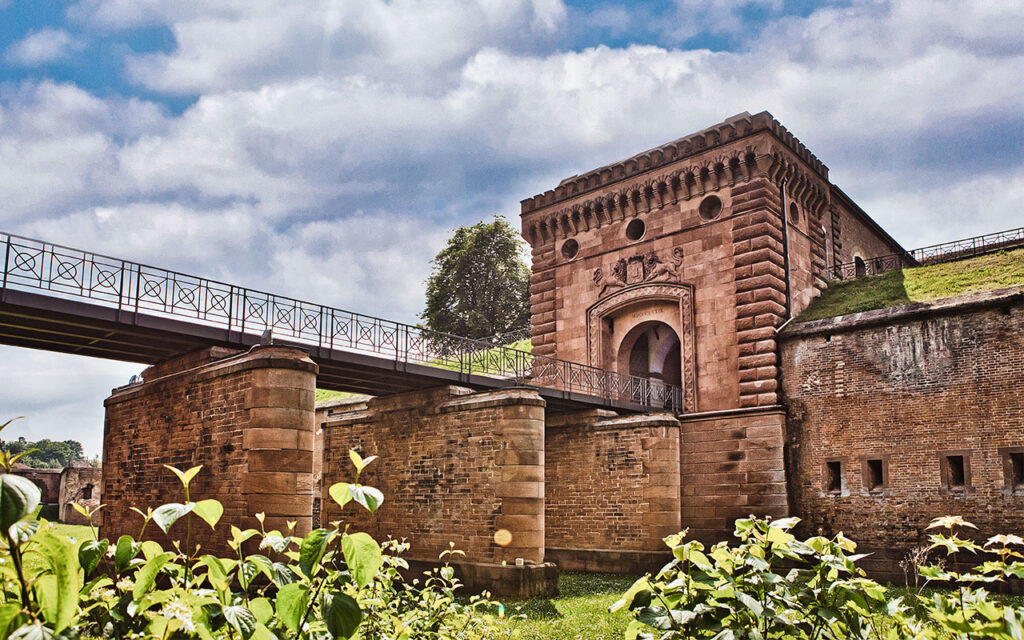
With the declaration of possession on 30 April 1816 by the Bavarian King Maximilian I Joseph, the Palatinate henceforth belonged to Bavaria. After regaining the left bank of the Rhine, however, it was also decided that the Rhine should once again be developed into a strong border defence in the event of military conflict with France.
As early as 1815/16, the German Confederation therefore decided to provide the town of Germersheim and the Rhine crossing with a strong fortification. In this case, the Kingdom of Bavaria remained in charge of the implementation, which realised the construction project with funding from the German Confederation, but ultimately built a Bavarian state fortress.
Other fortresses of the German Confederation
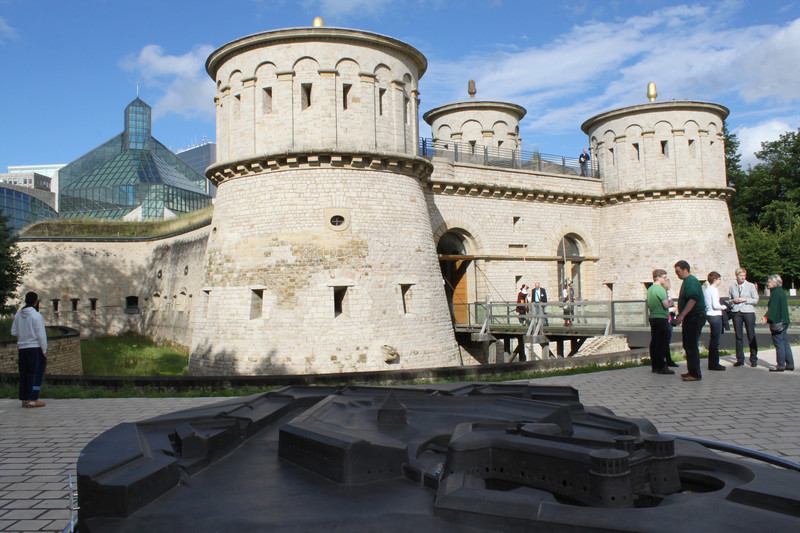
The term "European fortress city" is appropriate for Luxembourg, as the military engineers of Europe put their skills to the test here and created the "Gibraltar of the North". The fortress of Luxembourg consisted of three ramparts, many bastions, 15 inner and 9 outer forts and a network of 23 kilometres of underground casemates covering an area of 180 hectares. The fortress of Luxembourg was run as a second federal fortress with a garrison of 4000 to 6000 soldiers (3/4 Prussian and 1/4 Dutch). Despite the dismantling of the fortress in 1867, many elements of the cityscape have been preserved and are part of the UNESCO World Heritage Site.
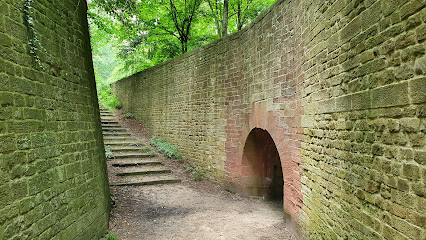
In 1687, master fortress builder Vauban himself designed the French fortress Landau, which extended furthest into Germany, as a polygonal system flanked by casemated towers. In 1815, Landau was the third fortress to be taken over by the German Confederation and was declared a federal fortress with 2,800 Bavarians as garrison. The dismantling of the fortress was initiated in 1871.

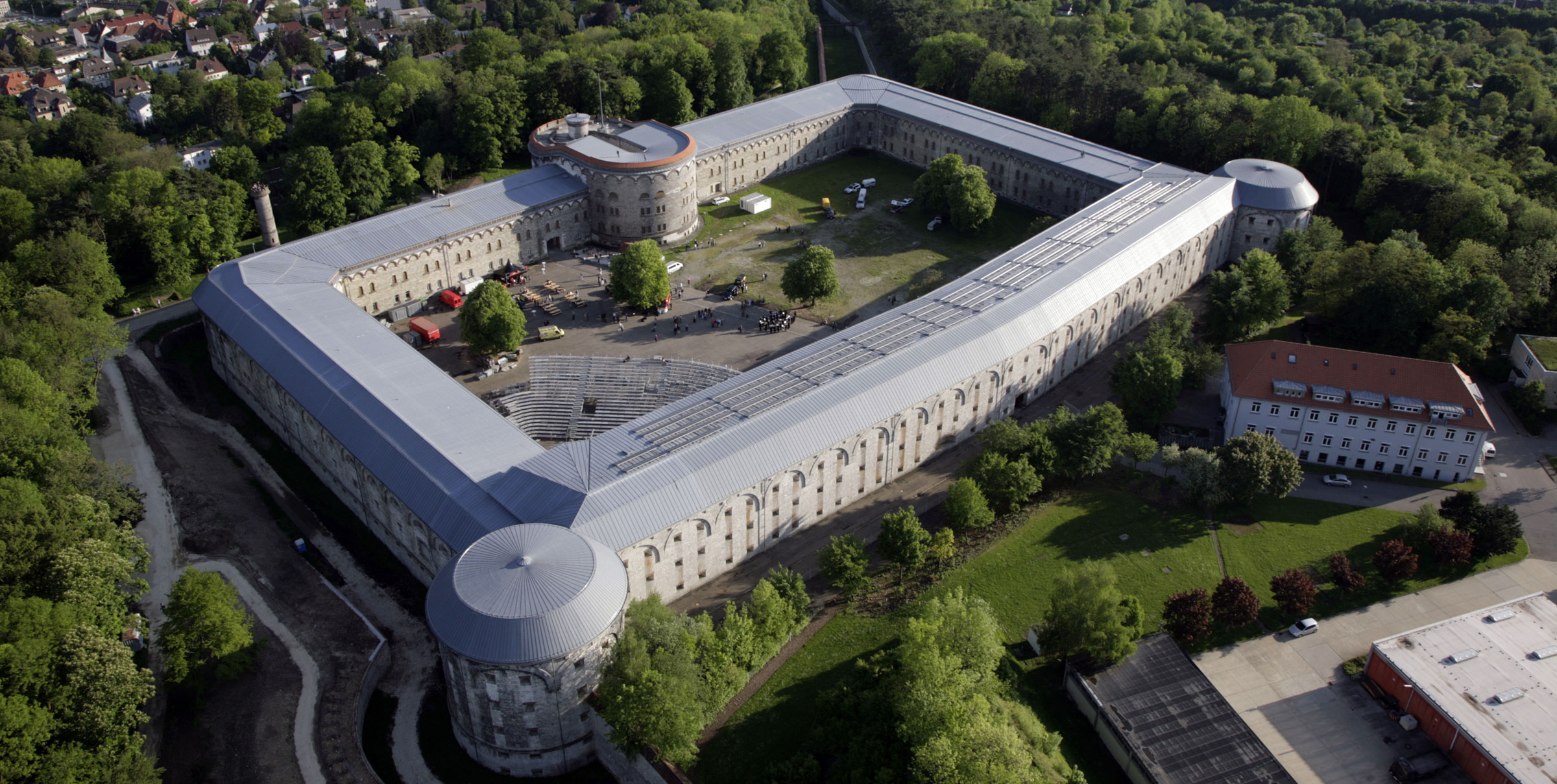
Leave a Reply